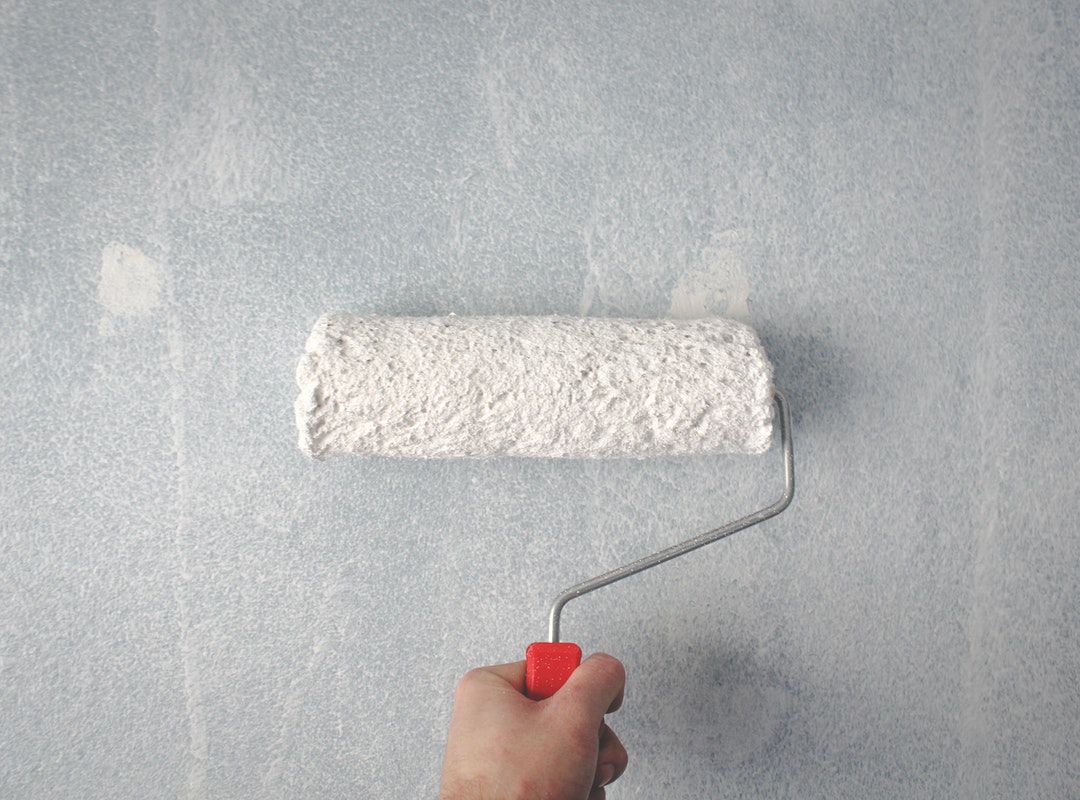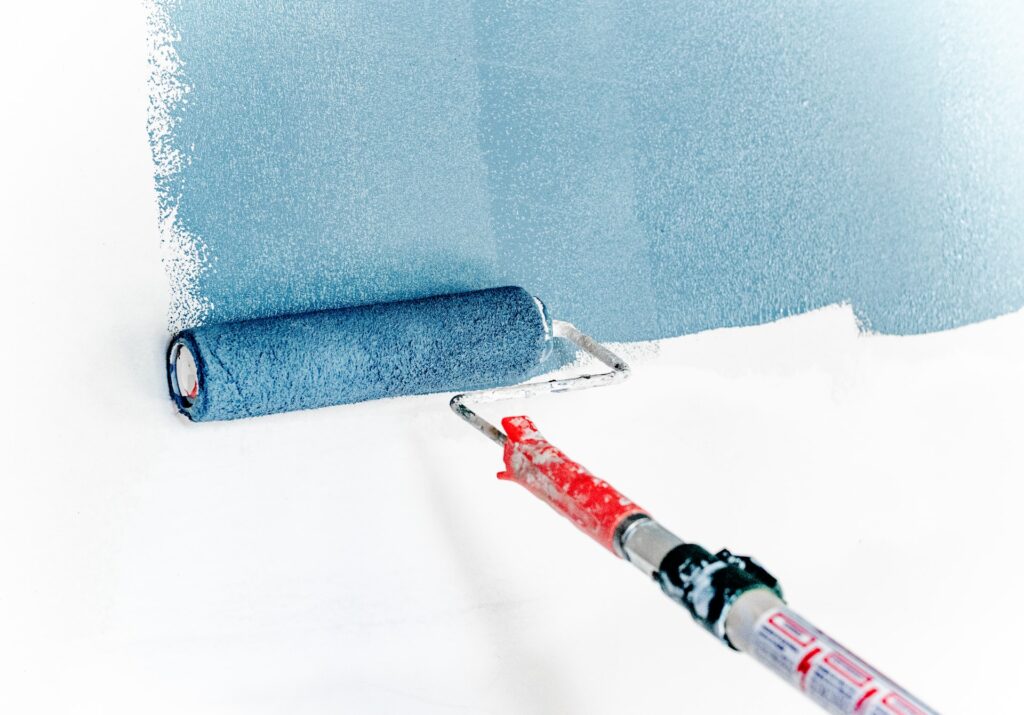
We are reader-supported. When you buy through links on our site, we may earn an affiliate commission.
If your home was built before 1978, disclosing lead paint isn’t optional — it’s the law. Failing to disclose it properly can land you in serious legal trouble. Whether you’re selling, renting or flipping, understanding what to share and how to do it is key to protecting both your buyers and yourself. Here’s exactly what you need to disclose, when to do it and how to stay compliant.
Why Lead Paint Is a Big Deal

If your home was built before 1978, there’s a solid chance it contains lead-based paint — and that matters more than most people realize. Lead was once a common additive in residential paint because it made surfaces more durable, washable and resistant to moisture damage. However, by the late 20th century, scientists confirmed what we now know for sure: lead exposure is toxic.
The health risks are serious, especially for young children and pregnant people. Even low levels of lead can cause developmental delays, behavioral issues and learning disabilities. According to the EPA, about 87% of homes built before 1940 and 24% of homes built between 1960 and 1977 still contain some lead-based paint.
That’s why the federal government created strict disclosure guidelines. It’s not about scaring buyers. Instead, it’s about creating a safe, transparent process that protects everyone involved in the sale.
Federal Requirements: The Law on Lead Paint Disclosure
If you’re selling a home built before 1978, the law requires you to follow the Residential Lead-Based Paint Hazard Reduction Act of 1992. This federal regulation — sometimes just called “Title X” — sets the standard for what must be disclosed when selling or renting older homes.
Here’s what you’re required to do before closing a sale:
- Provide a Lead Paint Disclosure Form that notes any known presence of lead-based paint or lead hazards.
- Include a copy of any lead inspection reports you may have.
- Hand over the EPA pamphlet titled “Protect Your Family from Lead In Your Home” — it’s a must.
- Allow the buyer up to 10 days to conduct their own lead-based paint inspection, if they choose.
- Include signed acknowledgments from both the buyer and seller in the final contract.
Skipping any of these steps isn’t just risky — it’s illegal. The EPA can fine you up to $16,000 per violation and that’s not even counting the potential for civil lawsuits. Compliance might feel like extra paperwork, but it’s your responsibility and your protection.
The Property Disclosure Statement: What Goes In It
The property disclosure statement is where you lay out the known facts about your home, and yes — lead paint is one of them. Think of it as your honest report: what you know, what you’ve found and what the buyer should be aware of. When it comes to lead paint:
- Disclose only what you know. If you’ve had an inspection or tests done, include the results.
- Don’t guess or make assumptions — if you’re unsure, say so.
- Attach the lead paint disclosure form, even if you think there’s nothing to report. The law requires homes built before 1978 to have this.
Buyers, agents and lenders all review this document closely. It’s not just about ticking a box — it builds trust and prevents ugly surprises later on. If in doubt, consider getting a certified lead inspection done before listing. That way, you have clear facts to share and no awkward gaps in the paperwork.
Real-World Consequences of Skipping Disclosure
Failing to disclose lead-based paint isn’t harmless oversight. Instead, it can have serious legal and financial consequences. The EPA and HUD take violations seriously and sellers have been fined for noncompliance. Beyond government penalties, buyers who feel misled can take civil action, which may result in hefty legal fees and court-ordered compensation.
If you’re a real estate agent or investor, a bad reputation can travel fast. In today’s world of online reviews and watchdog forums, transparency is not just good ethics, it’s good business. Disclose early, disclose honestly and protect your peace of mind.
Tips for a Smooth Sale When Lead Paint Is Involved

Lead-based paint doesn’t have to be a dealbreaker. In fact, with the right approach, you can navigate the sale smoothly and confidently. Here’s how to make the process work for you:
- Get a certified inspection so you have clear, credible information to share with the buyers.
- Be proactive in your listing description — a line like “Lead-based paint disclosure provided” shows you’re upfront and thorough.
- Work with an agent experienced in older homes, especially those familiar with the disclosure process.
- If the inspectors confirm lead hazards, consider encapsulation — sealing it off — or abatement — removal by certified pros — before listing, as it can boost buyer confidence.
Most importantly, lean into resources that help make older homes safer, more compliant and easier to market.
Renovations, Rentals and Beyond: Additional Scenarios
Selling isn’t the only time lead paint laws kick in — these are rules for renovating and renting, too.
If you’re renovating a home built before 1978 and your project disturbs painted surfaces — think sanding, cutting or demolition — the EPA’s Renovation, Repair and Painting Rule requires that you hire or become a Lead-safe Certified contractor. Even DIYers need to take precautions.
Similar disclosure rules apply to landlords when leasing out pre-1978 homes. Renters must receive the same EPA pamphlet and lead paint disclosure form, plus any known testing reports.
Contractors and flippers also need to understand that once you own the property, you’re legally responsible for disclosure — even if you didn’t live in it. So, whether you’re updating a rental or flipping a vintage bungalow, remember that safety and transparency aren’t optional extras — they’re part of the job.
Identifying Lead Paint When Buying A Home

before putting in an offer, there are a few key ways to do it:
- Check for chips. Unbroken lead paint is not dangerous, but the minute there is bubbling or a crack in the paint, it becomes an issue.
- Ask when they built the home. If they built it before the late 1970s, the painters almost certainly used lead paint.
- Ask for inspections. You don’t have to wait for the owners to provide disclosure, you can ask for an independent inspector to check for lead paint in the home for you.
Closing Time
Disclosing lead paint isn’t about losing a sale — it’s about protecting people and doing things by the book. From the lead paint disclosure form to the property disclosure statement, the process is clear and legally required. Follow it closely, be upfront and lean on trusted resources to navigate the details with confidence







